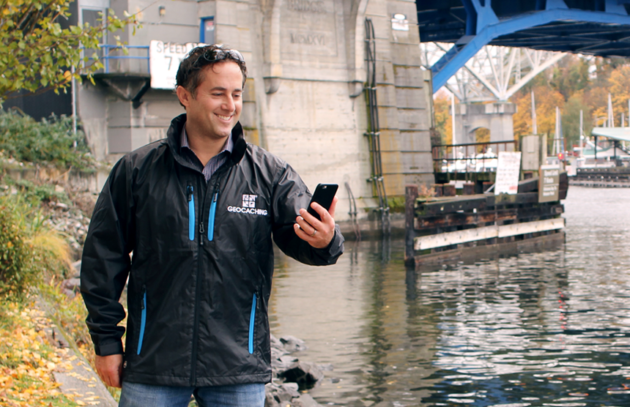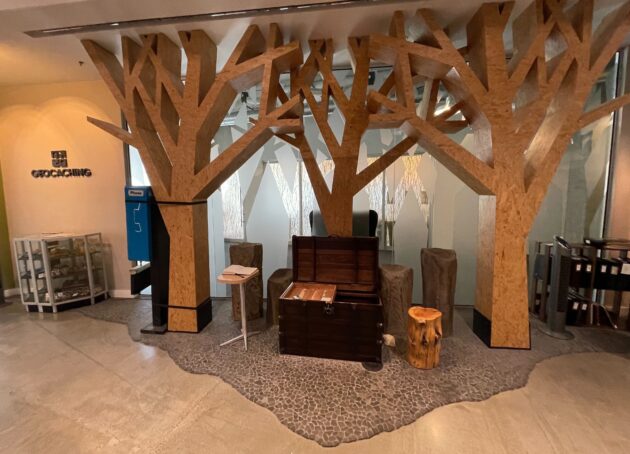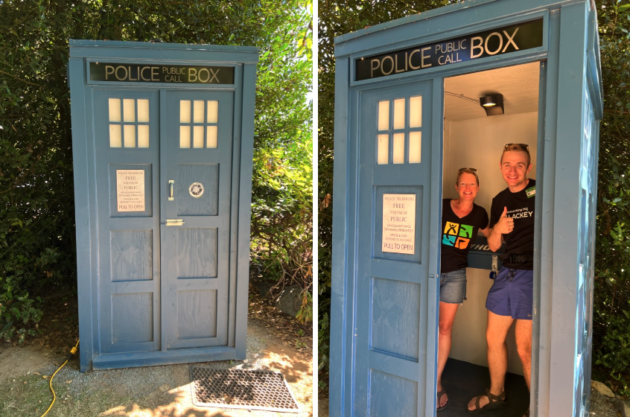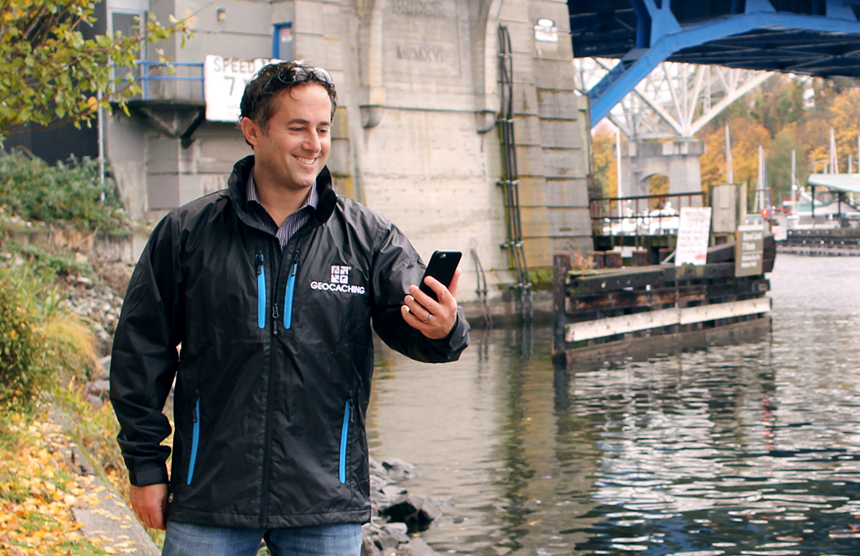[ad_1]

More than 20 years after getting its start in Seattle, Geocaching is still hiding and seeking — and attracting new players all over the world.
The game, which combines GPS technology with outdoor recreation, is basically a massive treasure hunt. There are now more than 3.4 million boxes, or caches, hidden in more than 190 countries.
The aim from the start was to get people off the couch and outside, stashing containers of all sizes, finding them, trading trinkets, signing log books and more. Over the past couple years, more people than ever have been doing just that as the company has seen record growth.
‘We really didn’t predict that it was going to become this kind of global phenomenon.’
Started in 2000, this weekend marks the 22nd anniversary for Geocaching, and they’re staging a big event on Saturday at Seattle Center to celebrate, with exhibits, vendor booths, speakers and more kicking off at 10 a.m. It’s still billed as a 20th anniversary event because COVID ruined plans the past two years.
The company has been bootstrapped since the start. Computers were donated by the founders and initial revenue came from the sale of 144 geocaching T-shirts. Primary revenue is now driven by a premium membership program — still $30 a year since starting about 20 years ago. Geocaching HQ employs 95 people.
We caught up with co-founder and CEO Bryan Roth for a quick chat about the growth of Geocaching, what makes a good game player and some of his favorite geocaches. Our Q&A has been edited for brevity and clarity.

GeekWire: Did you expect to be around this long?
Bryan Roth: “Had you asked me if there were going to the millions of people playing this game 20 years from now, I probably would have said, ‘I really don’t know, but that sounds delightful.’ We really didn’t predict that it was going to become this kind of global phenomenon.”
What has surprised you most about that growth over the years?
“At its very basic level it’s like a big game of hide and seek. What has surprised and delighted me is the international community that has grown around the game — the friendships and the fact that people are just here because it’s a celebration of finding boxes.
“When you get so many people from so many different countries having fun together, it’s just a great example of showing how we can all get along. There don’t have to be so many walls between us.”
How did the pandemic impact business?
“So many forms of recreation worldwide became inaccessible, so people were looking for ways to get outside and have fun that they could do in a socially distant manner. So many people discovered Geocaching as a way to do that. In terms of user growth, 2020 and 2021 were the two best years we have ever had in the history of the game.”
What makes a good game player?
“There’s so many facets of the game. When it comes to geocache hiders, as a group, it’s people who are putting in time and effort to create a special experience that they’re willing to share with people that they’ve never met before, sort of in exchange for knowing that they’re bringing more joy into the world. They’re helping people have a reason to get off their couches, away from their televisions and out into the real world having fun adventures.”

Do you have a favorite geocache of all time?
“I attended an Event Cache in November of 2001 where I met my wife and my now adopted son, so that’s a favorite. I’ve been in an underground cave in Finland … I had to crawl through this lava tube to find the cache. And a couple of years ago we were in Germany and we rapelled down the side of a cliff, it was 175 feet. I found that cache when I made it to the bottom. My ‘woo hoos’ could be heard for miles away because I was proud of myself and excited and energized.”
What do the next 20 years look like for Geocaching?
“We’re focused on some innovation. We have a new project called Adventure Lab. Instead of hiding a box people are creating multistage, multimedia experiences that they can share with other people — maybe an art history tour or a story-driven adventure. It’s experiences that are a little bit more accessible for people who might be a little concerned about rappelling off a cliff. The focus for us is really building more tools, expanding the platform in a way that’s going to inspire people to leave their houses and go outside.”
[ad_2]
Source link

